Yellow Tea Whole Leaf-50g
Yellow Tea Whole Leaf
LDPE Yellow Package
Cotton Ribbon
Brand Sticker
Hand Made
Category: Bulk Tea
Yellow tea is a type of tea that undergoes a unique processing method, resulting in a distinctive flavor profile. It is less common than green, black, or oolong tea, but it has its own set of characteristics. Yellow tea is primarily produced in China. Here’s an overview of yellow tea:
- Processing:
- Yellow tea is similar to green tea in that it undergoes minimal oxidation. However, it goes through an additional step known as “sealed yellowing” or “menhuang” (闷黄). This step involves covering the tea leaves with a cloth or paper, allowing them to yellow slightly as they oxidize. This process imparts a milder flavor compared to green tea.
- Flavor Profile:
- Yellow tea generally has a smoother, mellower taste compared to green tea. The oxidation and yellowing process can reduce the grassy or astringent notes often associated with green tea. Yellow tea may have a delicate sweetness and a slightly floral or herbal aroma.
- Varieties:
- There are different varieties of yellow tea, and they may have distinct characteristics based on the specific processing techniques and the region where they are produced. Examples of yellow teas include Junshan Yinzhen and Huoshan Huangya.
- Appearance:
- The leaves of yellow tea may vary in appearance, but they are typically longer and more slender than some green teas. The liquor of yellow tea can range from pale yellow to amber, depending on the specific type.
If you’re interested in trying yellow tea, it’s recommended to explore teas from reputable sources that specialize in high-quality and authentic varieties. Yellow tea can offer a unique and enjoyable tea-drinking experience for those who appreciate the subtle complexities of different tea types.
Be the first to review “Yellow Tea Whole Leaf-50g” Cancel reply
Related products
$15.00
Bulk Tea
$10.00
Bulk Tea
$15.00
Bulk Tea
$5.00
Bulk Tea
$10.00
Bulk Tea
$5.00
$5.00
Bulk Tea
$5.00


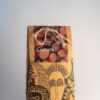
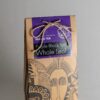
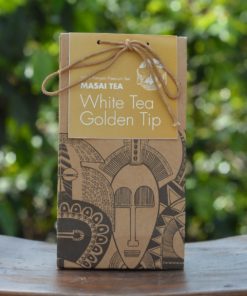
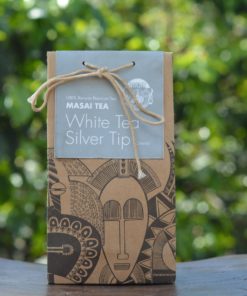
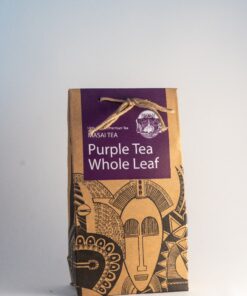
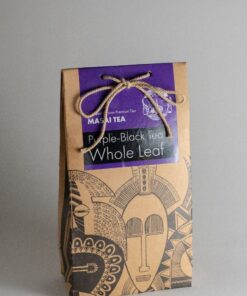
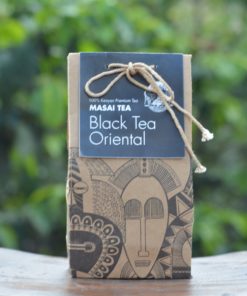
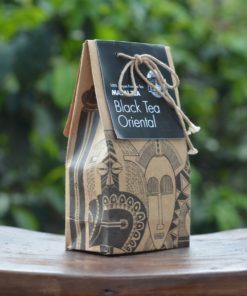
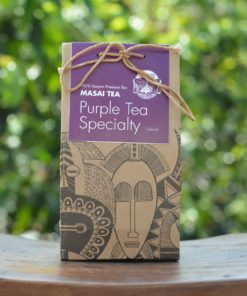
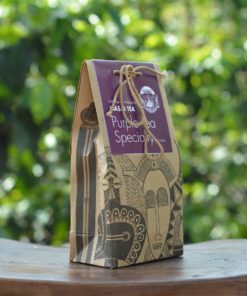
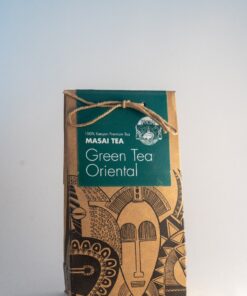
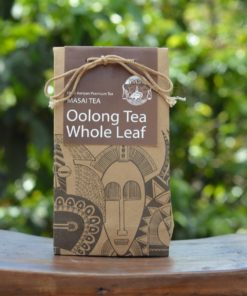
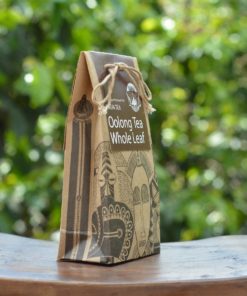
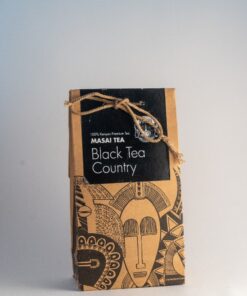
Reviews
There are no reviews yet.